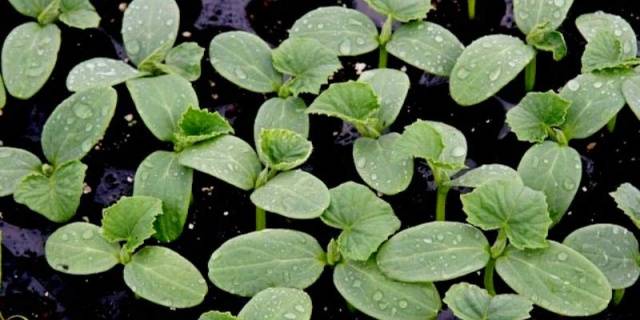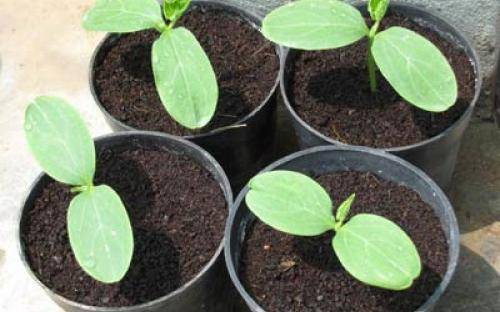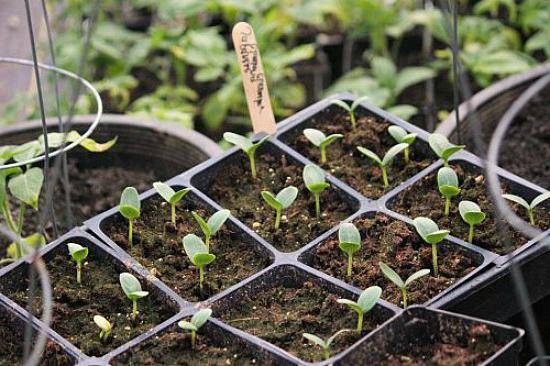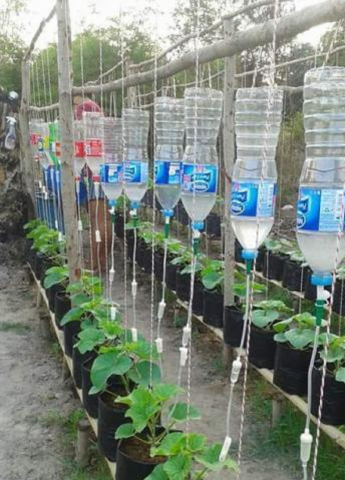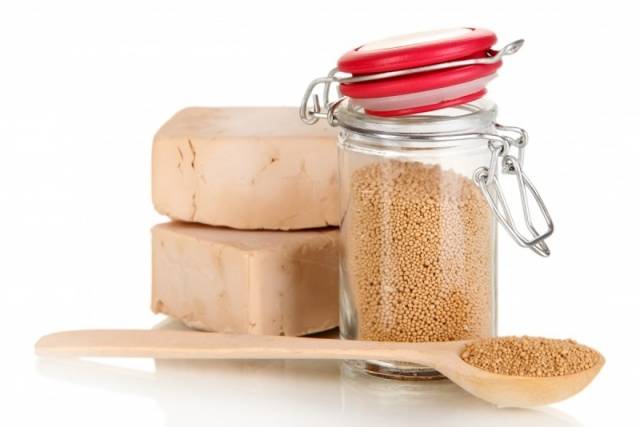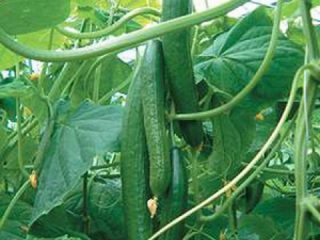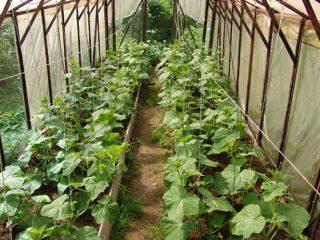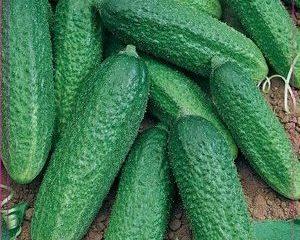Content
Everyone who has a plot of land plans to grow a good harvest of cucumbers. For some, this seems like a simple matter, while others experience some difficulties when watering seedlings. Growing, watering and caring for cucumber seedlings of any kind is a very important period. After all, the ability of cucumbers to bear fruit and withstand negative factors directly depends on its quality. First, you need to pay enough attention to the choice of variety, as well as the quality of the seeds. This is already a significant part of success, because high-quality seeds have good germination, develop better, and suffer less disease.
After sowing, you have to carefully monitor watering and the conditions necessary for the growth and development of seedlings. To preserve plants as much as possible, you need to maintain:
- optimal humidity regime;
- regularity and quality of watering;
- timely application of nutrients;
- sufficient lighting;
- quality soil composition.
Why do plants need watering?
Many people ask the question that in nature, herbs and plants are content with the amount of moisture that they receive naturally. They do not require watering. But growing at home requires additional watering.The main reason for additional watering of cucumber seedlings is a weak root system. To fully provide the plant with moisture, cucumber roots must penetrate deep into the ground. Watering provides more comfortable conditions for the development of seedlings.
However, there are certain rules for how to water cucumber seedlings. This action should bring maximum benefit and minimum harm. Proper watering of seedlings is needed for:
- Constant, uniform soil moisture. There should be no excessively wet or dry areas on the site.
- Maintaining stable humidity. This indicator should not depend on climatic fluctuations or ill-selected irrigation regimes.
- Maximum water use by plants. After watering, it should not spread over the surface of the soil or accumulate in one place.
- Preservation of soil structure. With proper watering, it does not become compacted or destroyed.
- Nutrient supply. Simultaneously with watering, plants can receive nutrition.
Watering cucumber seedlings is also necessary for biological reasons. The leaf mass evaporates a large amount of moisture. Much more than is needed for growth. But seedlings need leaves to absorb carbon dioxide from the air, so the gardener’s task is to maintain the necessary balance between moisture evaporation and watering.
We provide proper watering from scratch
The technology of watering seedlings directly depends on the choice of growing method. If the seeds are sown in open ground, this will happen much later.For greenhouses, the sowing date is shifted to an earlier date. There are also different methods for growing seedlings. Therefore, watering plants will differ significantly.
In open ground, seeds are sown when the ground warms up to the desired temperature. The seedling method is often used. In this case, sowing of seedlings is carried out earlier. The soil in the garden is prepared in advance, and the sowing scheme is chosen as desired. When growing in greenhouses, seeds are placed in:
- cups for seedlings;
- ready-made beds;
- container with sawdust.
You should not use boxes or large containers for cucumber seedlings. This crop is very demanding and does not tolerate transplantation well, so it is better to sow 2-3 cucumber seeds in separate cups. When replanting, the roots are less damaged and the survival rate of seedlings increases.
Many gardeners germinate cucumber seeds before planting. But this should not be done with hybrid varieties and coated seeds. As soon as they hit the soil, the humidity regime is maintained from the first days. Before sowing, the soil is moistened (watered). It should have such a degree of humidity that it can form a lump, but not sticky. This moisture will be enough for the cucumber seeds to swell. Severe compaction or poor drainage will cause waterlogging, which will lead to rotting and death of the seeds. Cucumbers are demanding of moisture, but swampy soil is absolutely not suitable for them.
Then, using a mini-watering can, water the soil daily, but not abundantly. To prevent a crust from forming on the ground, use a watering can with small holes.
As soon as mass shoots appear, watering is stopped for 2-3 days. This will give the seedlings the opportunity to grow stronger.
How to water small seedlings
As soon as the seedlings become stronger, regular watering is resumed. It is very important to monitor the condition of the soil when watering. Young seedlings at optimal temperature air does not require constant daily watering. This prevents the development of a good root system, powerful stem and short internodes. However, the soil should not be allowed to dry out completely. As soon as the top layer has partially dried out, you can carefully moisten the soil.
At good temperature and air humidity, it is enough to water the seedlings no more than twice a week. The roots must have air flow. When the seedlings are very small, watering the plant at the root is unacceptable. It is better to moisten the soil around the plant, but make sure that the water does not get on the leaves or cotyledons. It is good to use a watering can with a small hole without a strainer for watering. You can make grooves along the rows to prevent water from pouring onto the roots. When moisture gets on the root system of seedlings, it can lead to a serious disease - “black leg”. The time for watering young seedlings is 10 a.m. with settled water at room temperature, but not lower than 20°C.
As soon as the seedlings get stronger, grow up, and have two to three true leaves, they become more mature.
Determining the required degree of watering
Now water the plants so that the moisture saturates the entire layer of soil.In transparent containers this can be controlled visually, but in opaque containers it is necessary to make small drainage holes in the bottom in advance. If the containers are quite bulky, then humidity control can be done with a wire, stick or other device with which you can remove a little soil from the bottom. It is rubbed between the fingers. Dry soil signals the need for watering.
The second method is convenient to use for cups. Before moistening, they are placed on cloth or paper. You need to carefully water the cucumber seedlings until the moisture seeps onto the stand. This helps avoid surface watering. They lead to inadequate development of the root system and weakness of seedlings. It will be difficult for her to adapt to open ground after transplantation.
The regularity of watering at this stage is at least twice a week. After moistening, careful loosening is carried out so as not to damage the roots. Before planting for permanent residence, the plants are not watered for one or two days. This way, it’s easier to preserve a lump of soil and not expose the roots.
The transplanted seedlings are watered well and the moisture is stopped for several days. In the soil, healthy seedlings take root quickly, do not get sick and begin active growth.
Watering options for seedlings
Experienced gardeners always mulch the soil. This makes it possible to retain moisture for plants and reduce watering costs. On mulched soil, watering is used:
- Using a hose. Not the best way to water. Compacts the soil and destroys the structure of the top layer. To reduce the negative impact, a bag made of several layers of burlap is put on the end of the hose.
- Leaky hose. Small holes are pierced on the hose at equal distances from each other. Lay it along the bed with seedlings (even better in a furrow) and water it, turning on a small pressure. Or like this:
- Containers. Plastic bottles are dug into the ground at a short distance from each other, after first piercing holes in the side surfaces. Fill the bottles with water and do not water again until all the water has gone into the soil.
Another unique idea:
There are different ways to make the work of a gardener easier. However, humidity control will have to be carried out in any case, otherwise the condition of the seedlings may be distressing.
We apply watering and nutrition at the same time
To maximize the benefits of watering, many gardeners know how to water and stimulate plants at the same time. Conventional baker's yeast can be used to feed, stimulate and water seedlings at the same time. Nutrition for cucumbers is necessary for good root formation and fruiting, excellent taste of the fruit and prevention of plant diseases. Why yeast? The well-known type of fungus is rich in proteins, mineral components, microelements, vitamins, and amino acids. Beneficial yeast is fed not only to cucumber seedlings, but also to other types of plants. The components contained in their composition serve as an excellent fertilizer for vegetables at the time of watering.
What is the benefit of adding yeast when caring for cucumber seedlings? These fungi:
- good growth stimulants;
- sources of beneficial microorganisms;
- accelerate the emergence of new roots and strengthen the entire root system.
Cucumber seedlings fed with yeast become much hardier and stronger.And if you properly water the seedlings with a yeast solution, they will stretch less and tolerate replanting better.
Preparing a solution with yeast for irrigation is quite simple. Half a glass of sugar, jam or syrup per three-liter bottle of water is enough. This mixture is stirred and a pinch of regular baker's yeast is added.
The composition is kept for a week, and then when watering, only one glass is added to a bucket of water. The seedlings are watered with yeast once a week. The remaining watering is carried out with ordinary water.
If you were unable to purchase ready-made yeast, then preparing a natural stimulant yourself will not be difficult. To do this you will need a starter made from wheat grains. Wheat grains (1 cup) are sprouted, ground, mixed with regular sugar and flour (2 tablespoons each). The mixture is boiled for 20 minutes, left for a day until signs of fermentation appear. This homemade yeast is used to enrich 10 liters of water and water the cucumber seedlings.
You should not use yeast fertilizer often. Optimally - in spring and autumn and when transplanting. Additionally, this nutrition is used for weakened plants.
